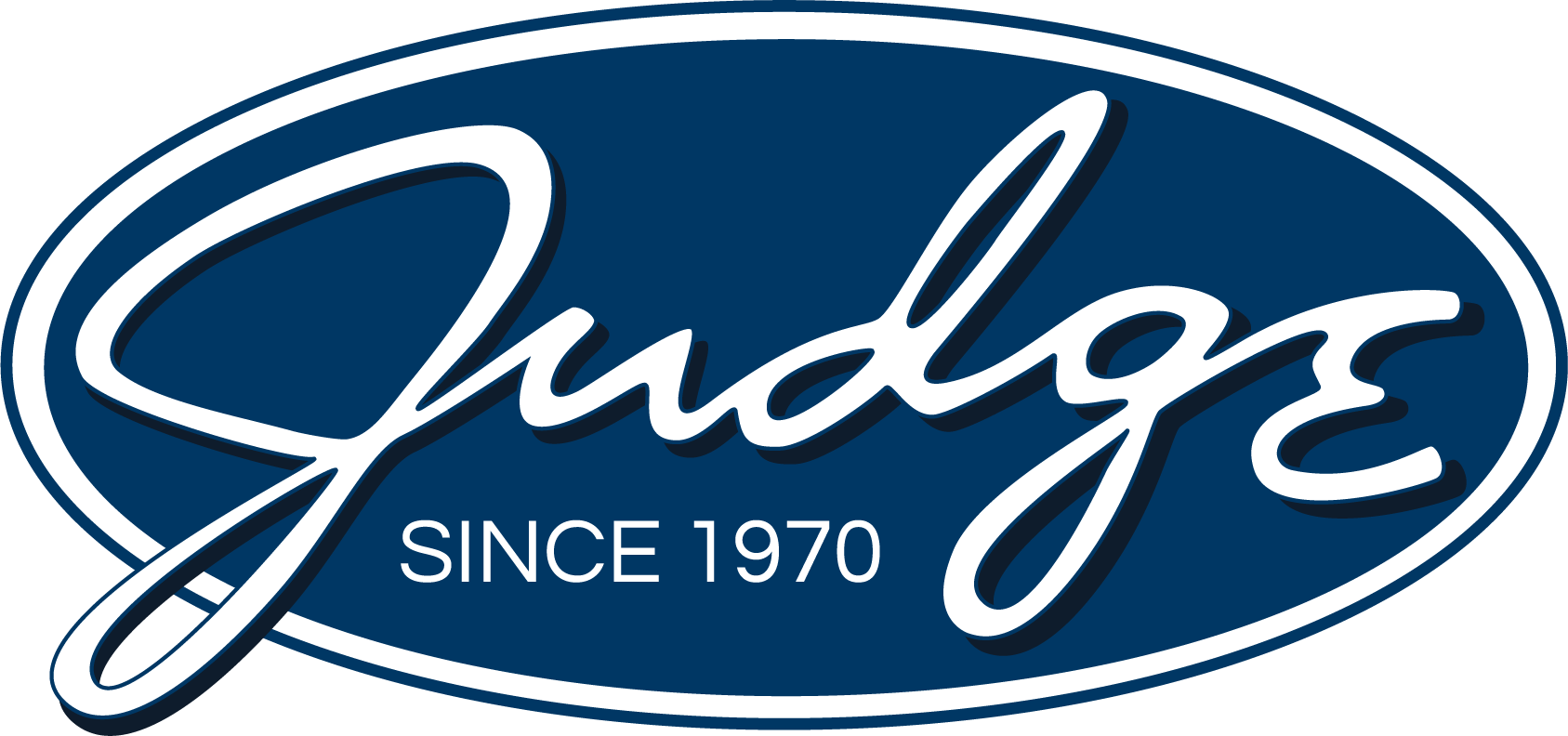Instructional Design: What I Learn from Learning Objectives
In my last post, I explained the importance of understanding your learners beyond their position. This time, I want to share the other most essential question I have for clients: What do your learners need to know or do to perform at their best?
As a Senior Instructional Designer, I do not begin a design until I have an answer to the above question. This answer is the learning objective, which is the training’s goal.
A learning objective gives a training focus and direction. Once I know the learning objective, I can figure out the processes and procedures learners need to follow, the skills they need to develop, and the knowledge required to gain those skills and follow the steps correctly.
To make this a little more realistic, let’s say I’m creating a driver education program for brand-new drivers.
The learning objective established with the client is, “By the end of the training, learners need to operate a car well enough to pass the basic driving exam.” To meet the objective, training needs to cover these performance gaps:
Knowledge
Learners need to be able to identify components like the ignition, speedometer, gas and brake pedals, and signal switches. They also need to know the laws related to driving, such as stopping for red lights and stop signs.
Skills
The learner needs to develop the ability to: identify safe following and braking distances, maintain a constant speed, and effectively scan mirrors, the dash panel, and the road ahead for potential problems.
Processes
Learners need to understand how to change lanes safely, navigate a four-way stop, and they may also need to learn the process of changing a tire.
While these skills and processes require practice, they also require additional basic knowledge. Once I realize a learner needs to know how to change a tire, for instance, I also understand they need to learn about the related equipment e.g., where spare tires are kept, and how to use a road flare or other signaling device to stay safe on the side of the road.
The learning objective also tells me what I need to assess or measure to ensure learning occurred. If learners fail their driving exam at the end of the training, then I need to figure out what’s causing the remaining performance gap and how to solve it. Is the training lacking in some area? Do learners need to take a practice exam to figure out areas for additional study and to feel more at ease for the actual exam?
The focus and direction a clear learning objective provides allows me to create great training that specifically meets the needs of each organization I work with and its learners.
Want to talk more about this? Contact us at JLS@judge.com. Our team of creative rock stars are ready to help!




